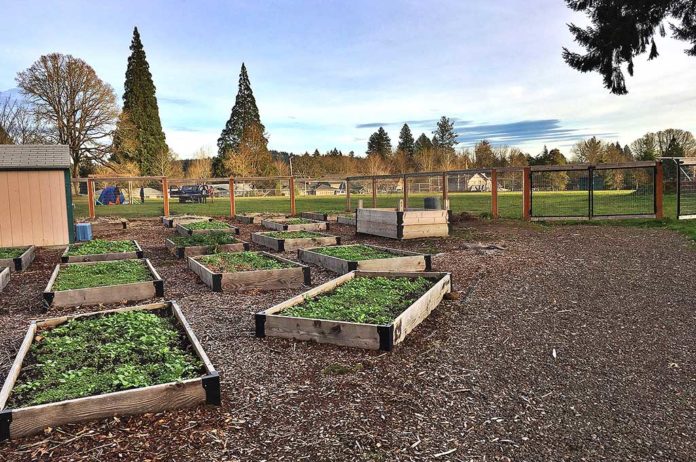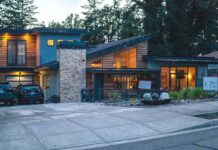As a result of constrained school and city budgets, more public-to-public partnerships are forming nationally. These partnerships look to share tax paid facilities and land to enhance educational and recreational resources for children. Thereafter parent committees and city board members often look to further expand those opportunities for the good of all.
“Several park and recreation departments already embrace partnerships with area schools, but if yours doesn’t, you should consider the benefits. These partnerships are usually easy to acquire as both partners are striving to benefit youth in the community. Once the partnership is established, the opportunities are endless. The largest benefit is the use of school facilities and space, but equipment and supply sharing, free marketing to potential participants and even volunteers from their parent teacher organization are beneficial aspects.” [www.nrpa.org/parks-recreationmagazine/2013/november/how-to-formsuccessful-program-partnerships]
The City of Tigard, Oregon has applied a similar arrangement through intergovernmental agreement (IGA) with Metzger School. The City’s Parks and Recreation Department and Metzger administrators both had a shared vision to benefit the school and community at large … “a community park, open to residents outside of school areas, came out of a collaborative effort between the school, community members, local groups and the City of Tigard (COT). Serving an area of the city without easy access to much-needed recreational spaces, this project will create opportunities for learning, playing, and developing interconnected lives.” The City partnership looks to achieve the following objectives: Artificial Turf Soccer Field, Amphitheater, Nature Play, Art Fence and Community Gardens.
To learn more about (COT) and Metzger School IGA, visit the City of Tigard web page: www.tigard-or.gov/helpusbuildit. Other public-to-public facility partnerships include indoor priority use arrangements. “There’s a need for recreation programs to be in school buildings and also for our programs to be in city facilities … The agreement gives school programs first priority for school facilities and city programs in city facilities. Both sides are to request facilities in advance to help with scheduling.” Wallner said. [Willmar Community Education and Recreation, MN]
Shared indoor facilities is one opportunity while recreation without walls is another. The “cost of land is one of the biggest costs that Columbia Parks and Rec would be facing,” Sessions said. “Those joint projects obviously make a much better opportunity to develop a playground for our students. In addition to that, it often means a park for our community … he said when the district has some land but not the financial means, it can partner with Parks and Rec to make that a reality. [Board of Education Member Jonathan Sessions, Columbia Public Schools District, MO]
When school districts are within city boundaries it makes sense for these two large tax funded organizations to form public-to-public partnerships that expand educational and recreational opportunities. Especially when mental and physical developmental health for children; and shared cost savings justify the partnership.
Once the intergovernmental agreement is consummated – in time, it is quickly realized by community leaders an educational outreach and community engagement opportunity occur. There’s no better way to outreach, engage and gather public support for other city and school district priorities than when our children’s needs are put first.
To learn more about Mirror Athlete and free monthly newsletter, visit: www.mirrorathlete.com.























